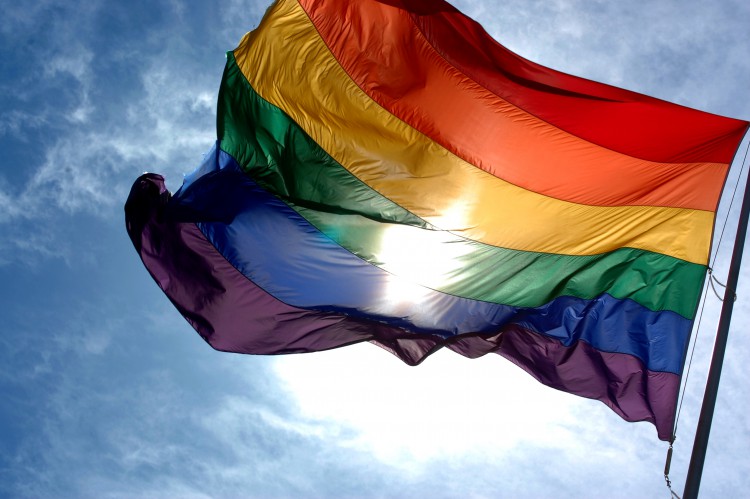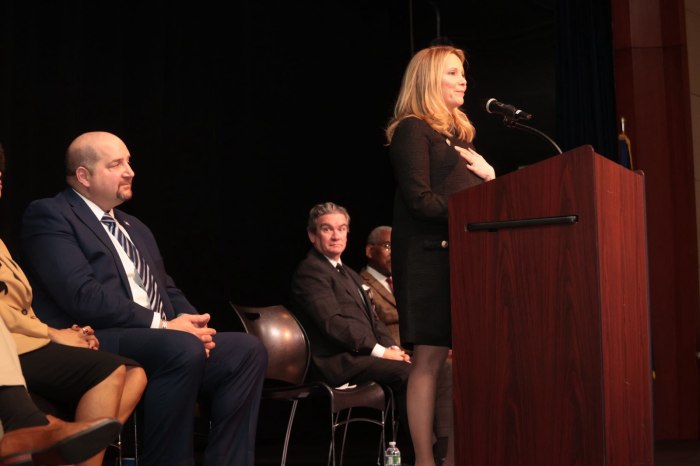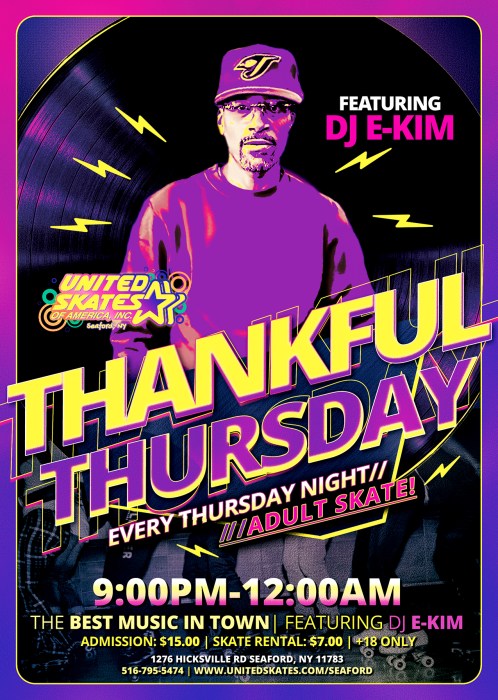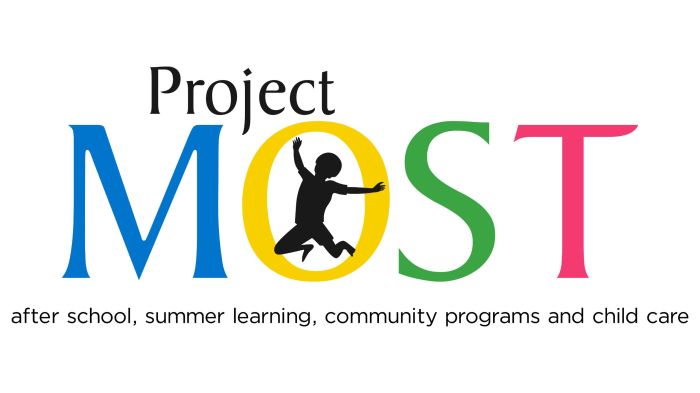By A.C. Thompson, ProPublica
A new national survey of more than 50,000 teens charts a surge in abusive and hateful behavior among young people since the beginning of the presidential election campaign.
“Our biggest takeaway was that 70 percent of all respondents had witnessed bullying, hate speech or harassment since the 2016 election,” said Allison Turner, assistant press secretary for the Human Rights Campaign, a prominent LGBT advocacy group that conducted the survey. HRC polled a large, though not demographically representative, sample of the nation’s youth.
Race, sexual orientation, and immigration status were the factors most often linked to bullying and social marginalization, according to the survey, which documented the experiences of adolescents between the ages of 13 and 18, many of them gay, lesbian, or transgender; some 45 percent of the teens who participated identified as heterosexual.
Most of the teens surveyed said hateful incidents have been on the increase since the start of the highly contentious presidential campaign, which culminated with the inauguration of Donald Trump on Jan. 20.
In recent months, phone calls, texts and instant messages have been pouring into the Trevor Project, a crisis center for LGBT young people, said social worker David W. Bond, a vice president with organization. The day after the election, Bond and his colleagues were deluged with young people seeking help.
“The volume has continued to be higher than typical levels for November and December. This is very indicative of a higher level of emotional distress” for LGBT youth throughout the country, he said. “They’re clearly more distressed, so much that they feel the need to reach out for help.”
In the survey, high school students described bus rides bristling with homophobic and racist epithets and attacks on student groups like the Gay-Straight Alliance.
“The election results and the rhetoric going on in the media are enabling what would otherwise have been latent discrimination,” Bond said. His organization, he said, is now counseling youth confronted by a wave of more “obvious and observable discrimination that is seemingly more welcome in the public eye, unfortunately.”
After more than 18 months of political invective aimed at Mexico and Mexican immigrants, Latino young people are, unsurprisingly, rattled. The survey found Latinos were “20 percent more likely than other youth to have been personally bullied.”
An 18-year-old Californian reported a fear of speaking Spanish in public, while a young person in Illinois wrote, “My family and I go shopping and wash clothes at 2 am to avoid seeing and hearing people’s comments.”
To conduct the survey, HRC and allied organizations used social-media platforms, including Facebook, Snapchat, Twitter, and Instagram to engage young people during December and January. The technique, called “convenience sampling” by researchers, in this case was likely to draw in participants who have experienced abuse, or are supportive of LGBT equality.
Michael S. Pollard, a sociologist with the RAND Corporation who evaluated the survey and its methodology for ProPublica, said the study “was not designed to be representative of all US teens,” but its findings should be considered seriously because of the “very large group of adolescents” who took part.
The surveyors acknowledged the limitations of the data, writing that “although the sample’s demographics do not reflect the full racial and ethnic diversity of the nation’s youth, the large number of participants allows us to nonetheless learn first-hand about the experiences” of young people across the nation, particularly those who may feel targeted.
“We saw a lot of hateful speech during the election season,” said Turner of HRC. “We can see through our findings that this is affecting young people in a profound way.”
ProPublica is a Pulitzer Prize-winning investigative newsroom. Sign up for their newsletter.






























